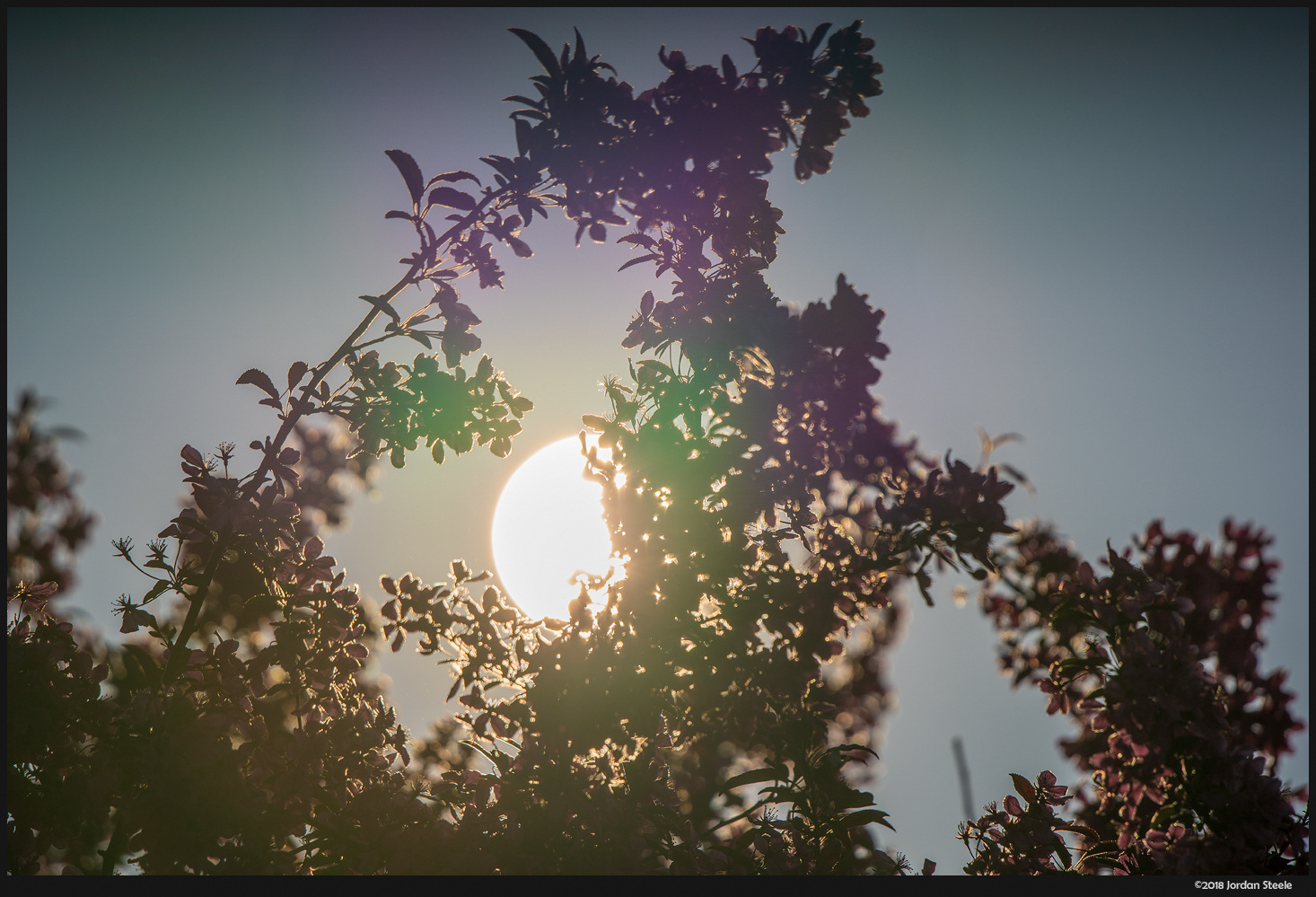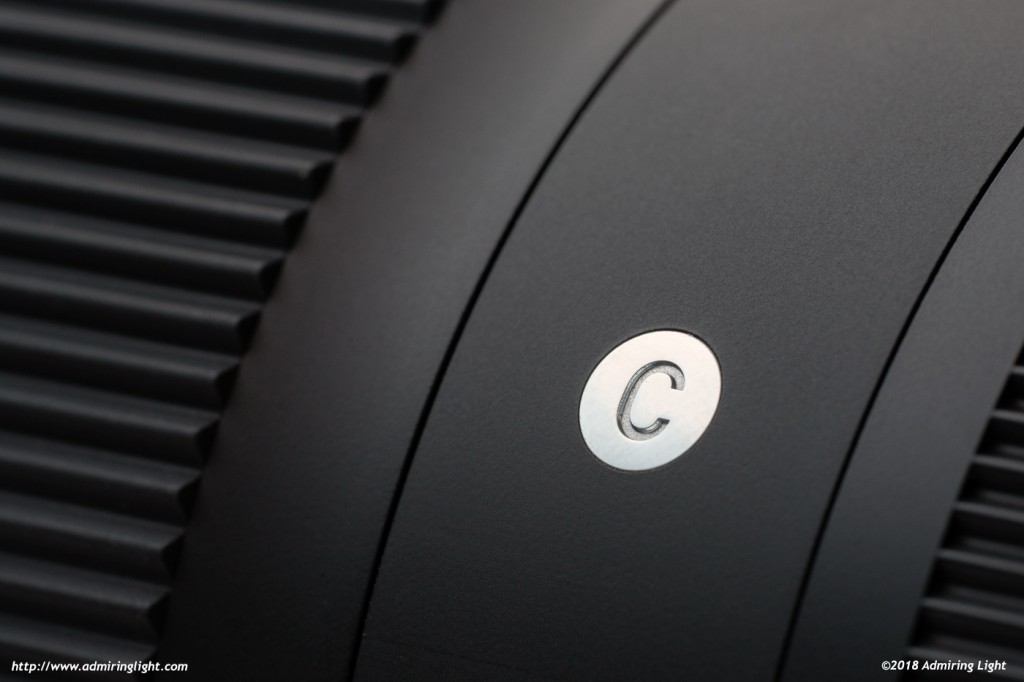Image Quality
Before I get into discussion on the optical properties of the lens, I did want to mention the aperture range. The lens is an f/5-6.3, which sounds extraordinarily slow at first blush, but in reality, it’s just 1/3 stop slower at both ends than the standard f/4.5-5.6 range found on most 100-400mm lenses. This is an extremely minor difference in real world use, though the one area it could have an impact is if you are using it on a Canon body and want to attach a 1.4x TC, as the resulting f/9 aperture with the TC is just a touch slower than the f/8 requirement of many cameras. However, in my day-to-day use, the slightly slower aperture was a complete non-issue. As an interesting note, with the A7 III, I could still use autofocus when attaching my old Kenko 1.4x Canon EF teleconverter (which I’ve had since about 2008), when using the MC-11. Because the TC turns the lens into a ‘non-Sigma lens’, you do go back to the limited focus modes when putting an EF teleconverter on, but when outdoors, I still had autofocus, and it was accurate, though not very fast.
You’d be forgiven if thinking that an $800 telezoom would not be competitive with the much more expensive native options. Most modern 100-400mm lenses are $2,000 and up. And while image quality on the Sigma 100-400mm isn’t likely up to the optical properties of the G-Master lens, I was very impressed with the quality of images I got out of this lens.
Sharpness
The Sigma 100-400mm f/5-6.3 is a sharp lens. It starts that way at 100mm wide open and continues through 400mm wide open. I fully expected a fair bit of softness at 400mm, but to my surprise, the lens maintained very good sharpness across almost the entire frame at 400mm and f/6.3. It isn’t blisteringly sharp like many of the prime lenses you can get, but it is still on a high level, and punches well above its weight given the bargain price.
Below is a shot taken at 400mm f/6.3. Here is a 100% crop of that image. While the 42MP cameras in the A7R range might want for a bit more resolving power, on a 24 megapixel sensor, it can produce plenty of detail.

Stopping down the lens does increase sharpness a bit, and I found when pairing the lens with my Kenko 1.4x teleconverter that stopping down around one stop sharpened up the images in that combo significantly.
I haven’t yet used the Sony 100-400mm GM, but compared to most consumer-grade telezooms that I’ve used, this Sigma was surprisingly sharp. I will caution, though, that this review is based on only one sample of the lens. I have seen other reviews, and there does seem to be some copy to copy variation with the lens, with some showing worse sharpness and others showing similar sharpness to what I have experienced with mine.
Bokeh
While the lens has a moderate aperture range, the long focal lengths available allow you to blur out the background significantly. The Sigma puts in a rather nice performance here as well, with generally smooth background blur that is fairly neutral. At moderate distances, there can be a bit of a bright ring on the specular highlights, but the overall character remains fairly smooth throughout the focal range. The wider end shows a bit more nervousness than the long end, but again, I was surprised at how good the lens performed in this area.

It’s one area where you’d expect the lens to show mediocre performance, but Sigma has really designed this lens with quality optical performance in mind, and the out of focus rendering is lovely as a result.
Color, Contrast and Chromatic Aberration
The Sigma 100-400mm produces images with pleasing color response and a moderate contrast profile. Images aren’t particularly punchy, but I wouldn’t expect that from a consumer grade telezoom. However, the images take post-processing well. The color is fairly typical of recent Sigma lenses, with perhaps a touch of a warm cast and very pleasing and natural color saturation.
The 100-400mm shows a bit of lateral chromatic aberration, but it’s easily corrected and shouldn’t cause any issues in field use. Longitudinal CA is actually very well controlled. Just a touch of fringe can show up a little in certain circumstances, but the lens is surprisingly well corrected in this regard, which was rather impressive for such a low-cost lens.
Distortion, Flare and Vignetting
The Sigma 100-400mm follows a fairly typical distortion pattern for telezooms, with a touch of pincushion distortion at the wide and that increases to more moderate levels at the long end. Lightroom has a correction profile for the distortion that will take care of it if you are using this lens to shoot distant buildings, but in real world use, I didn’t find it to be particularly field relevant.

There is a bit of vignetting that eases as you stop down, but again, nothing particularly noteworthy in this area. However, with regards to flare, the lens does not put in a particularly good performance. With the sun in the frame, there’s a definite loss of contrast, and rather large green and purple ghosts are displayed, as can be seen in the image above. The shot above also induced the fine lines that can pop out on some PDAF image sensors, though they’ve been corrected in post in the shot above. Given the very narrow angle of view, these situations aren’t going to pop up that often, but it’s worth noting if you tend to shoot with the sun in the frame fairly often.
In all, I was very impressed with the optical quality of the Sigma 100-400mm It punches well above its price with regards to image sharpness and bokeh, while showing relatively low chromatic aberration.






Leave a Reply